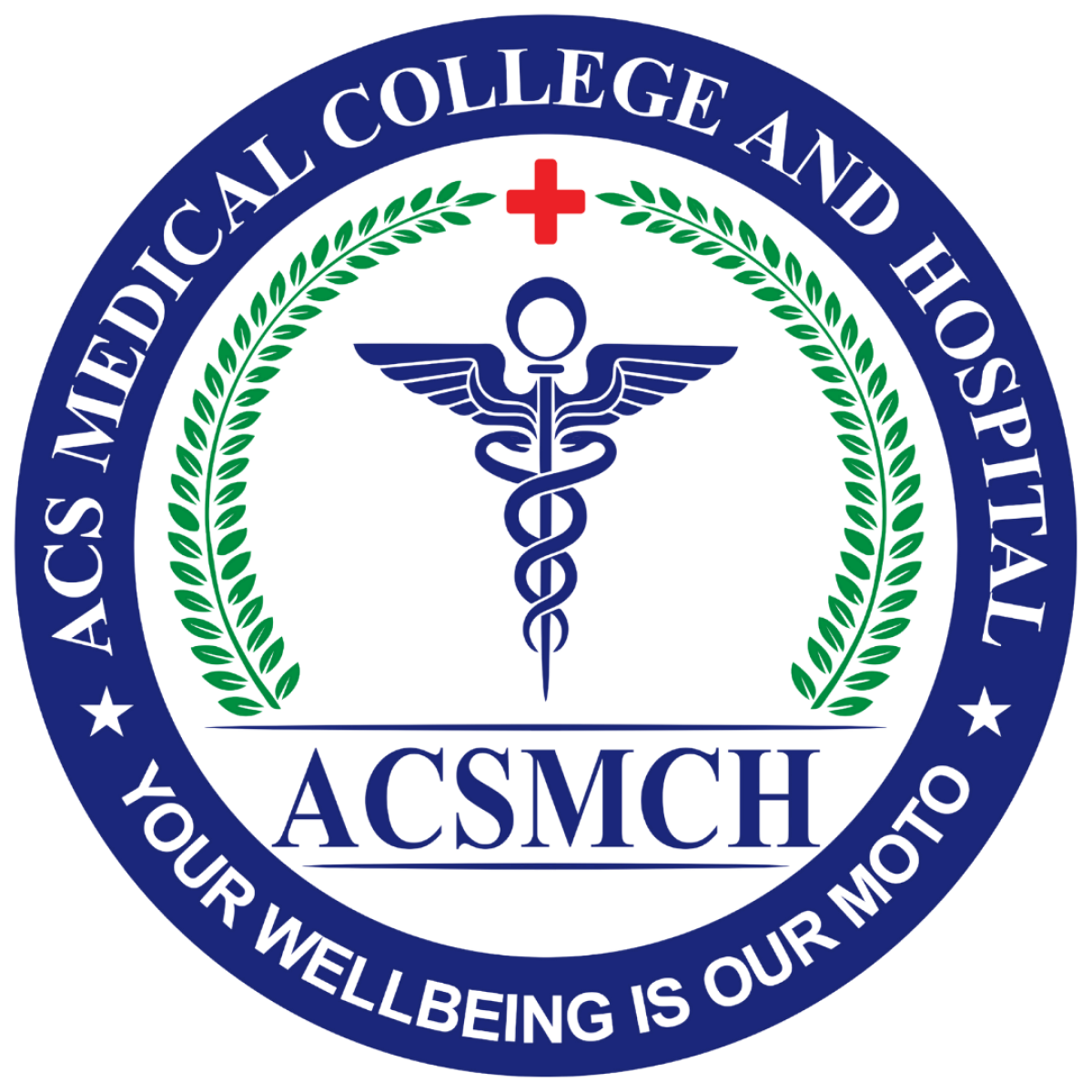Medical imaging is important for a variety of reasons, as it plays a crucial role in healthcare and medicine. Here are some of the key reasons why medical imaging is essential:
** Disease diagnosis and monitoring: Medical imaging techniques, such as X-rays, CT scans, MRI, ultrasound, and nuclear medicine scans, enable healthcare professionals to visualize the inside of the human body. This visualization is instrumental in diagnosing a wide range of medical conditions, from broken bones to cancers, cardiovascular diseases, and neurological disorders.
** Early detection: Imaging can detect medical conditions at an early stage, often before symptoms become apparent. Early diagnosis allows for more effective treatment and better outcomes. For example, mammography is used to detect breast cancer at an early, more treatable stage.
** Treatment planning: Medical imaging helps healthcare providers plan and execute treatments, including surgeries and radiation therapy. It provides detailed information about the size, location, and nature of a disease, enabling more precise and effective interventions.
** Minimally invasive procedures: Imaging guidance allows for minimally invasive procedures, such as interventional radiology and endoscopy. These techniques use imaging to guide instruments and treatments, reducing the need for open surgery and speeding up recovery times.
** Monitoring disease progression: Medical imaging is essential for monitoring the progression of diseases and the effectiveness of treatment. For example, MRI and CT scans are often used to track the growth or shrinkage of tumors over time.
** Research and understanding: Medical imaging is crucial for advancing medical research and improving our understanding of the human body and various diseases. Researchers use imaging techniques to study anatomy, physiology, and pathology.
Education and training: Medical imaging is an essential component of medical education, as it helps medical students and healthcare professionals learn about the human body’s structure and function. It also plays a role in training radiologic technologists and other specialists.
** Patient communication: Medical images can be valuable tools for explaining medical conditions and treatment plans to patients. Visual representations can make it easier for patients to understand their health issues and the proposed interventions.
** Quality assurance: Radiology and medical imaging departments are responsible for maintaining rigorous quality control standards to ensure that imaging equipment is safe and accurate. This includes minimizing radiation exposure and ensuring image quality.
** Remote consultation: Telemedicine and teleradiology rely on medical imaging to facilitate remote consultations and second opinions, particularly in areas with limited access to specialized healthcare services.
In summary, medical imaging is a vital component of modern healthcare, providing valuable diagnostic, treatment, and monitoring tools that help improve patient outcomes, advance medical knowledge, and enhance the quality of healthcare delivery.

